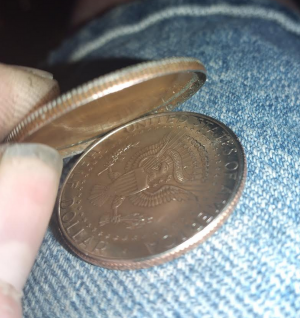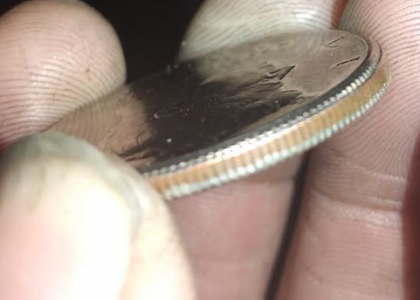- Joined
- Aug 2, 2020
- Messages
- 43
i was trying to use a refridgeration tool that expands pipe but some kind jig will need to be made but no clue what the jig should look like lolso i started where anyone would a holder for the tool as for the
added a picGlue?
"Those who tell don't know and those who know don't tell" I definitely don't know but lots of folks use crazy glue to hold small parts.
John



